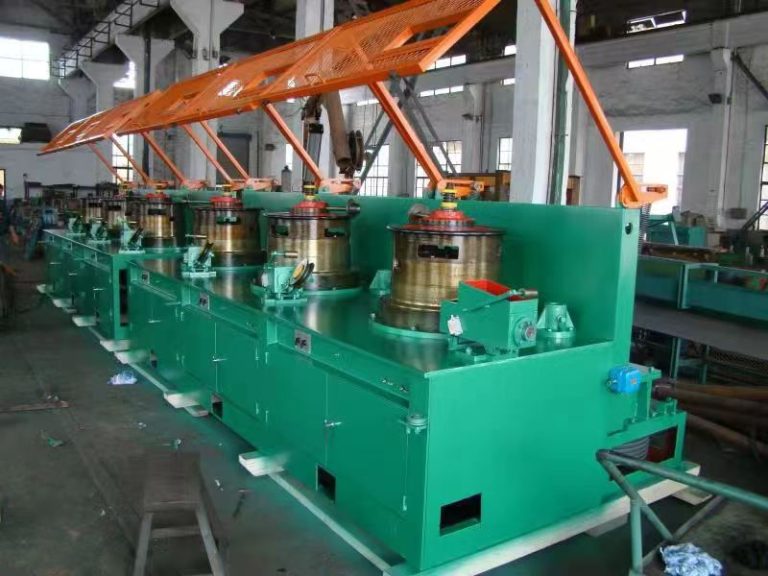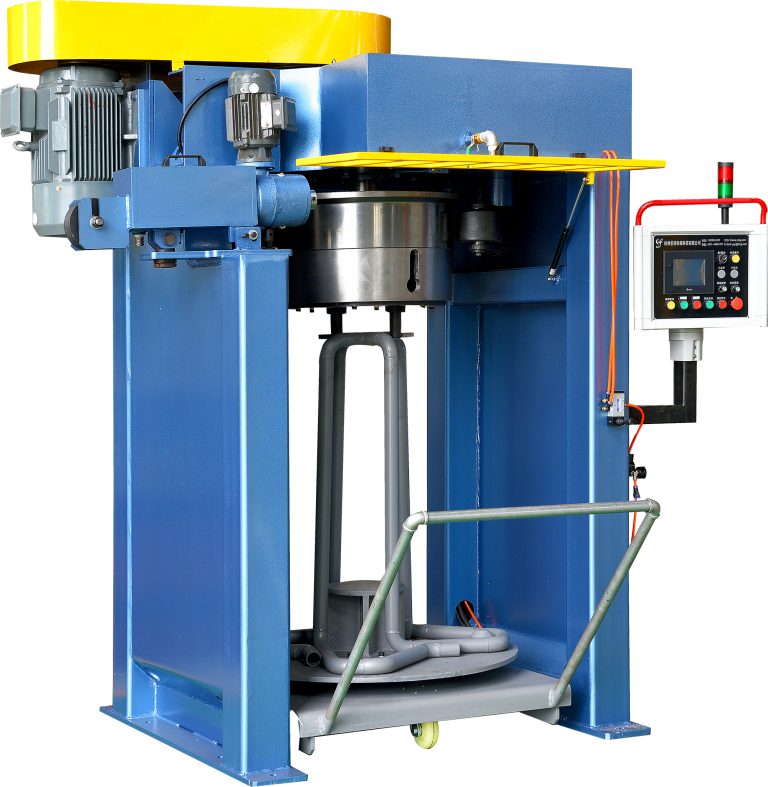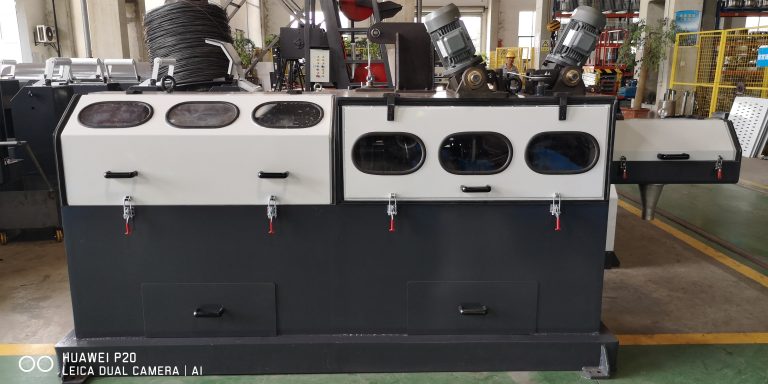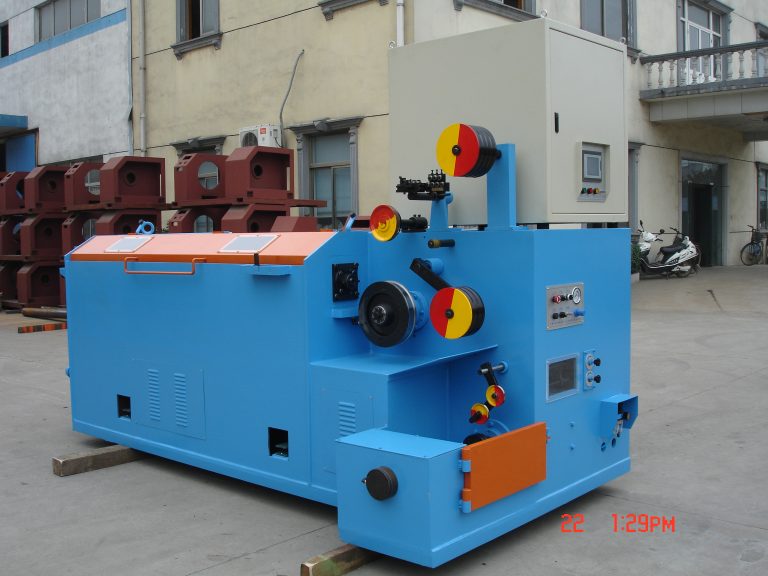Umatshini wokuzoba ngokuthe nkqo
s zizixhobo ezibalulekileyo kwishishini lokuvelisa ucingo. Aba matshini basetyenziselwa ukutsala ucingo ngothotho lweefa ukuze banciphise ubukhulu balo kunye nokuphucula umgangatho walo. Ukuqinisekisa ukuba umatshini wakho womzobo othe nkqo othe nkqo uqhuba kakuhle nangokufanelekileyo, ukugcinwa rhoqo kubalulekile. Kweli nqaku, siza kuxoxa ngeengcebiso zokulungisa ukukunceda ugcine umatshini wakho ukwimeko ephezulu.Ekugqibeleni, kubalulekile ukugcina iirekhodi ezineenkcukacha zemisebenzi yakho yogcino. Ukugcina umkhondo wexesha owenze ngalo imisebenzi yokulondoloza, enjengokucoca, ukuthambisa, ukuhlola, kunye nokutshintshwa, kunokukunceda ukuchonga iipateni kunye neendlela ezinokubonisa imiba enokubakho. Olu lwazi lunokuba luncedo ekuxazululeni iingxaki nasekucwangciseni imisebenzi yolondolozo yexesha elizayo
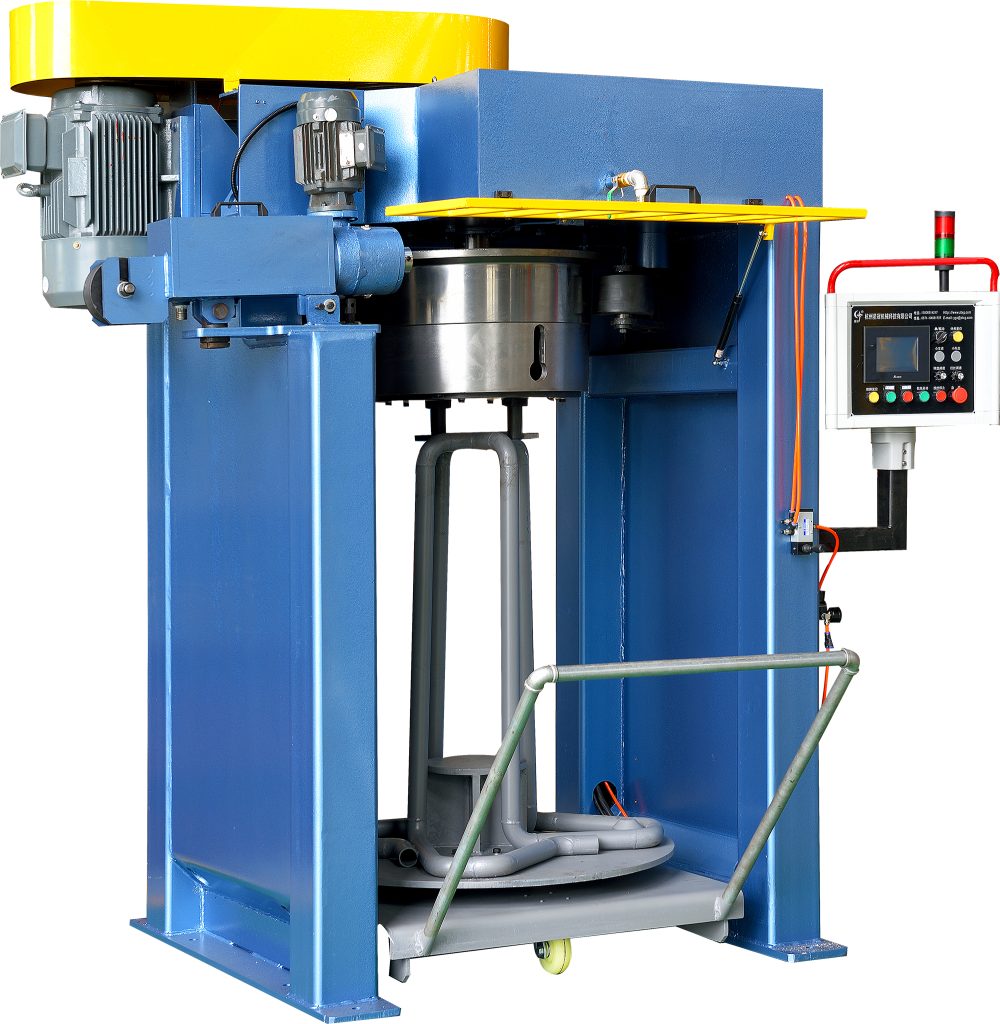
One of the most important maintenance tasks for an inverted vertical wire drawing machine is regular cleaning. Dust, dirt, and debris can accumulate on the machine’s components, leading to increased friction and wear. To prevent this, it is essential to clean the machine regularly using a soft brush or cloth. Pay special attention to the dies, rollers, and other moving parts, as these are the areas most prone to buildup.
In addition to cleaning, it is also important to lubricate the machine regularly. Lubrication helps reduce friction between moving parts, preventing wear and extending the machine’s lifespan. Be sure to use the appropriate lubricant for each component, as using the wrong type of lubricant can cause damage. Consult the machine’s manual or a professional technician for guidance on the best lubrication practices for your specific machine.
Another crucial maintenance task for an inverted Vertical Single Block Wire Drawing Machine is inspecting and replacing worn or damaged parts. Over time, the machine’s components can wear out or become damaged, affecting its performance. Regularly inspecting the machine for signs of wear or damage, such as cracks, dents, or excessive wear, can help you identify and replace these parts before they cause more significant issues.
It is also important to check the tension of the wire being drawn through the machine regularly. Improper tension can lead to uneven drawing, wire breakage, and other issues. Adjust the tension as needed to ensure smooth and consistent drawing. Additionally, be sure to monitor the machine’s speed and feed rate to prevent overloading and ensure optimal performance.
Regularly calibrating the machine is another essential maintenance task. Calibration ensures that the machine is operating at its optimal settings, producing high-quality wire consistently. Consult the machine’s manual or a professional technician for guidance on how to calibrate your specific machine properly.
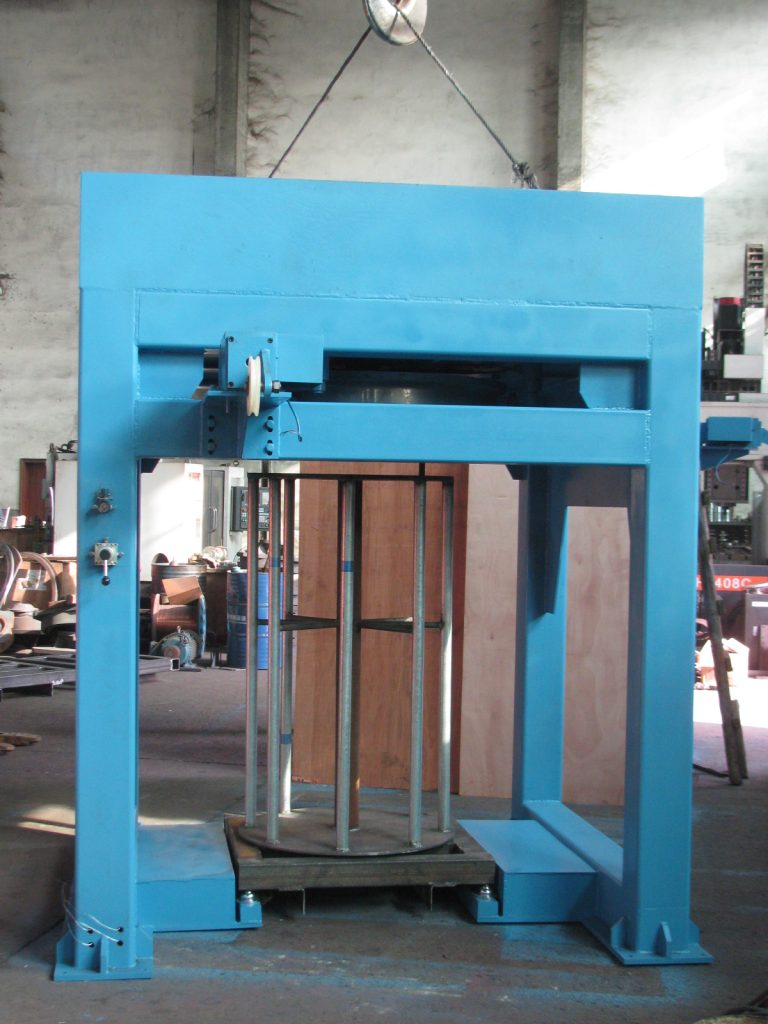
Finally, it is crucial to keep detailed records of your maintenance activities. Keeping track of when you performed maintenance tasks, such as cleaning, lubrication, inspections, and replacements, can help you identify patterns and trends that may indicate potential issues. This information can also be valuable for troubleshooting and planning future maintenance tasks.

